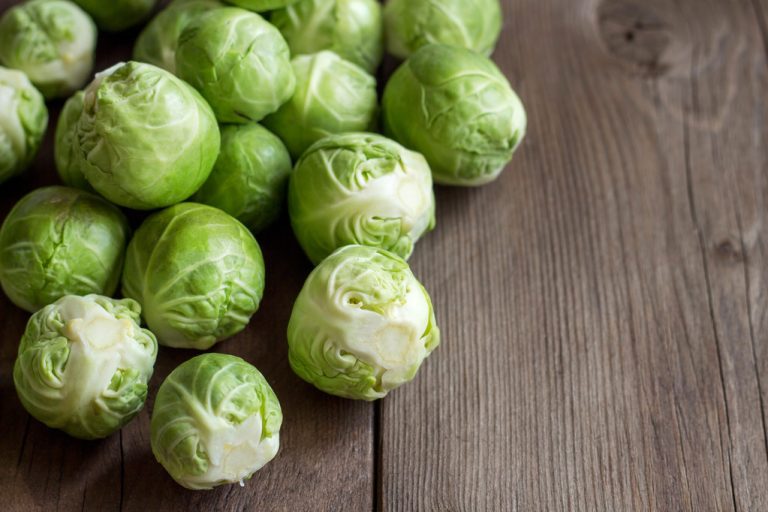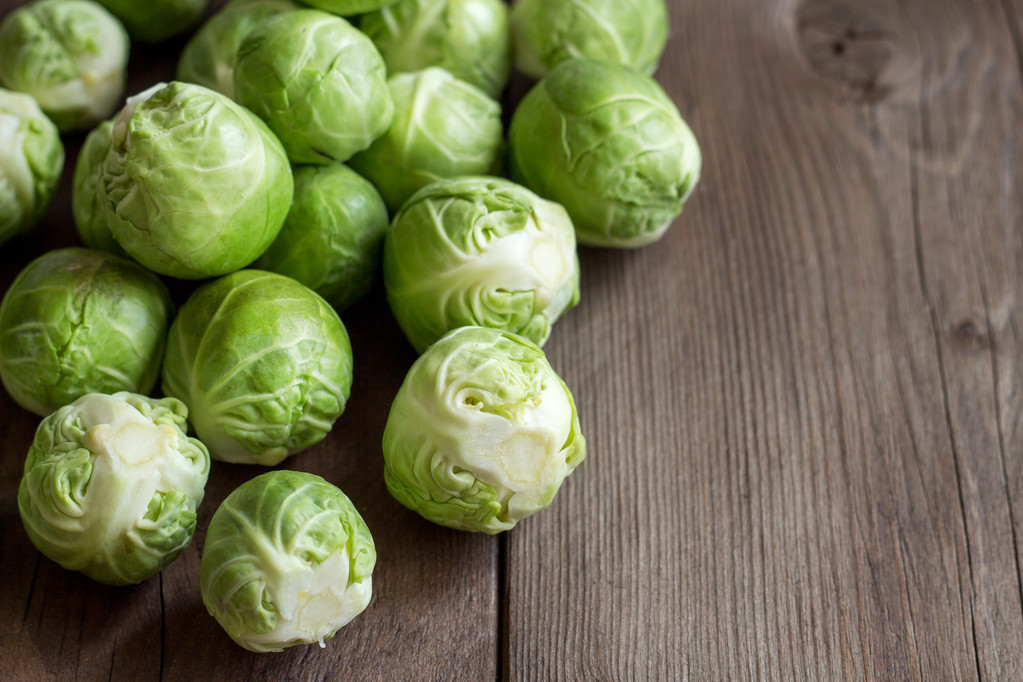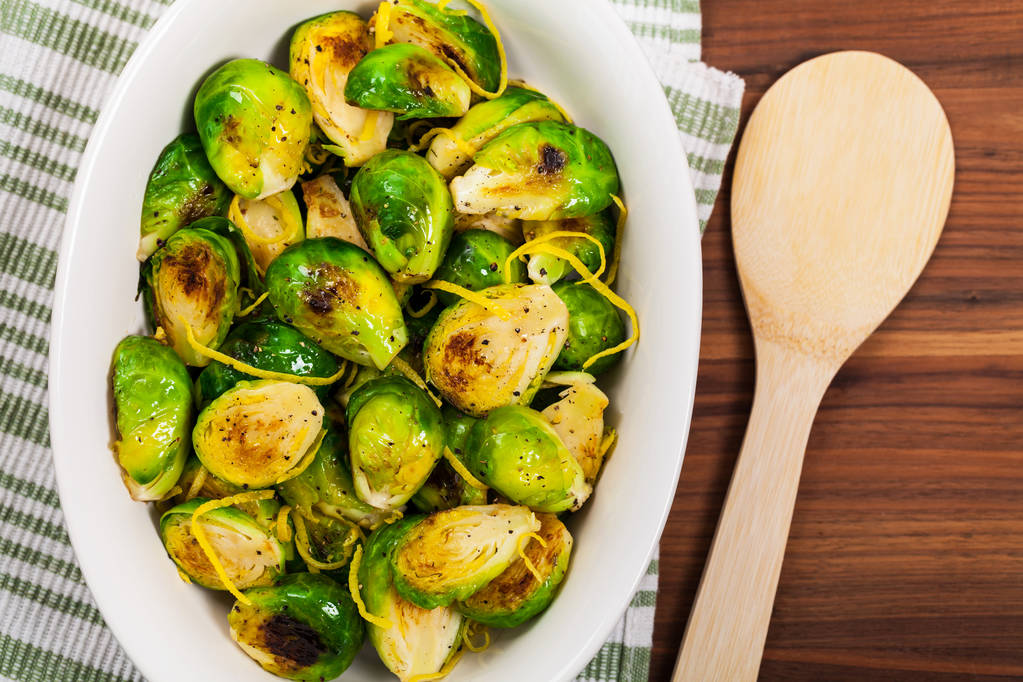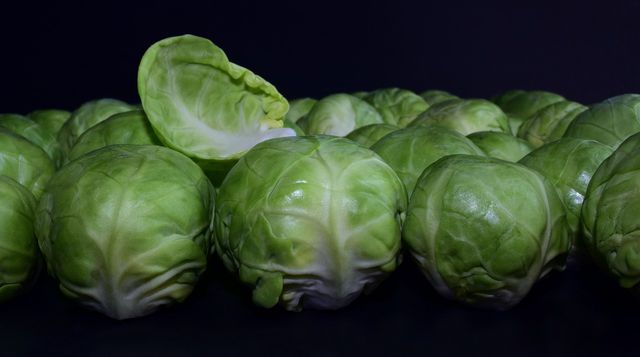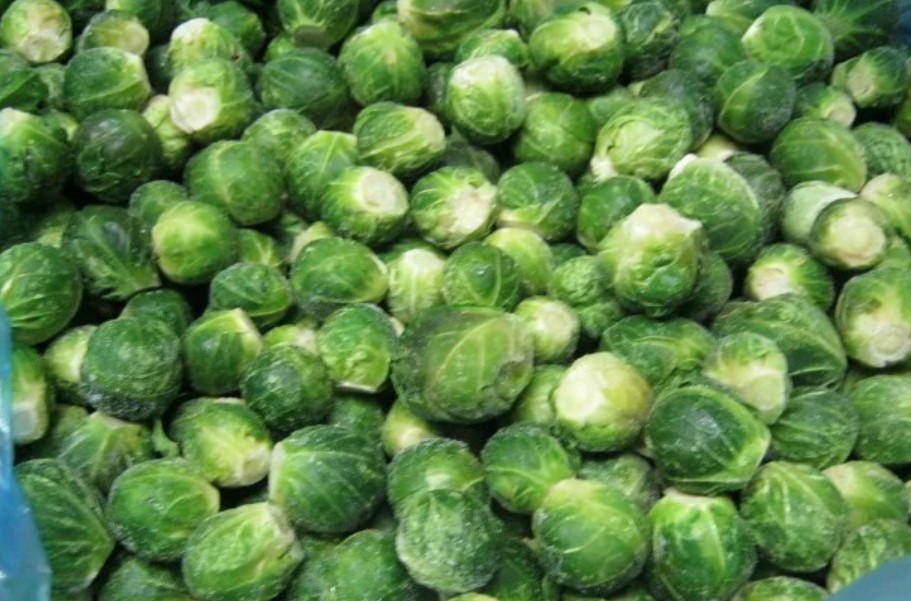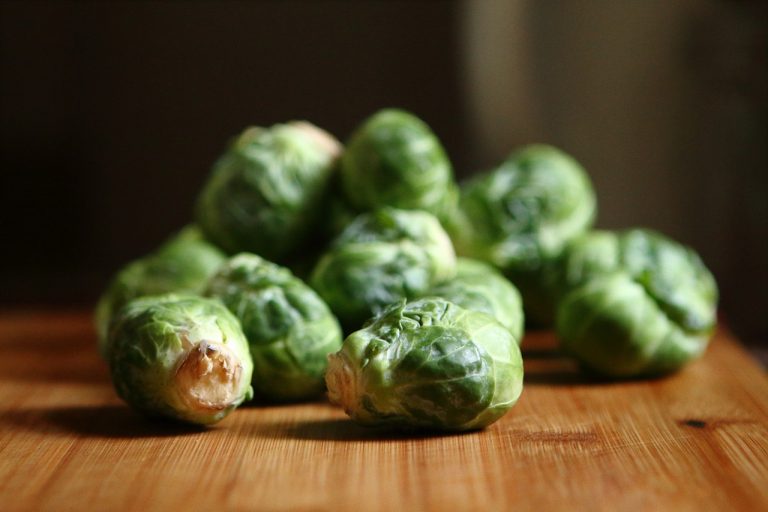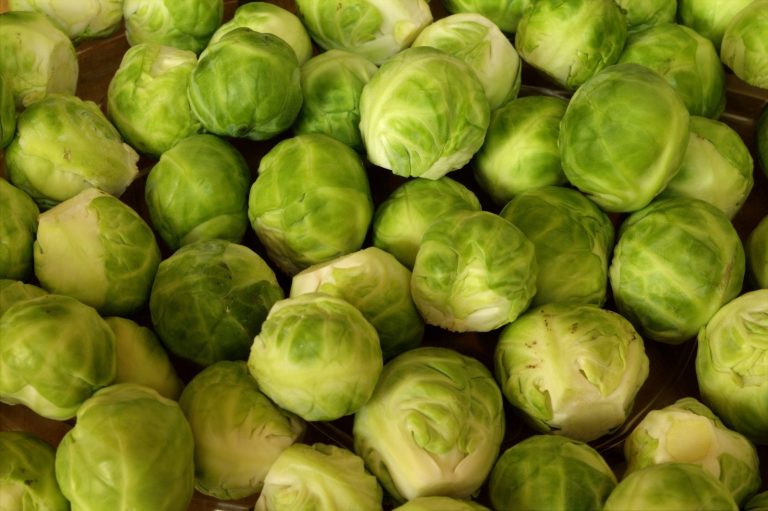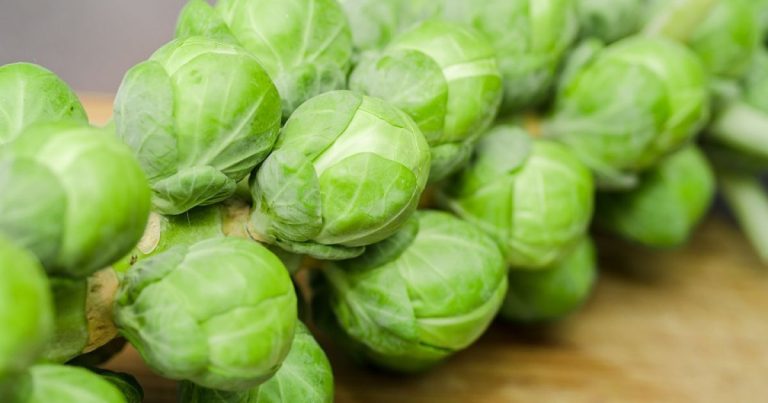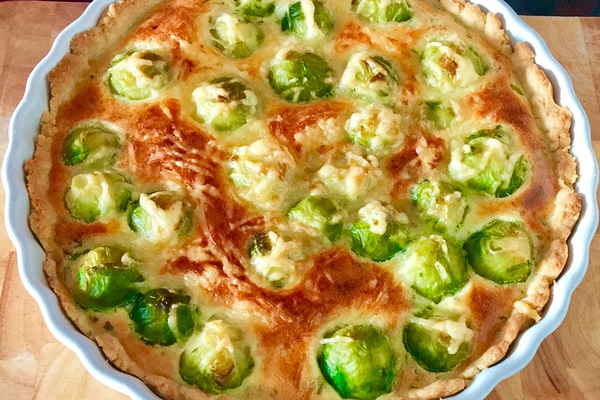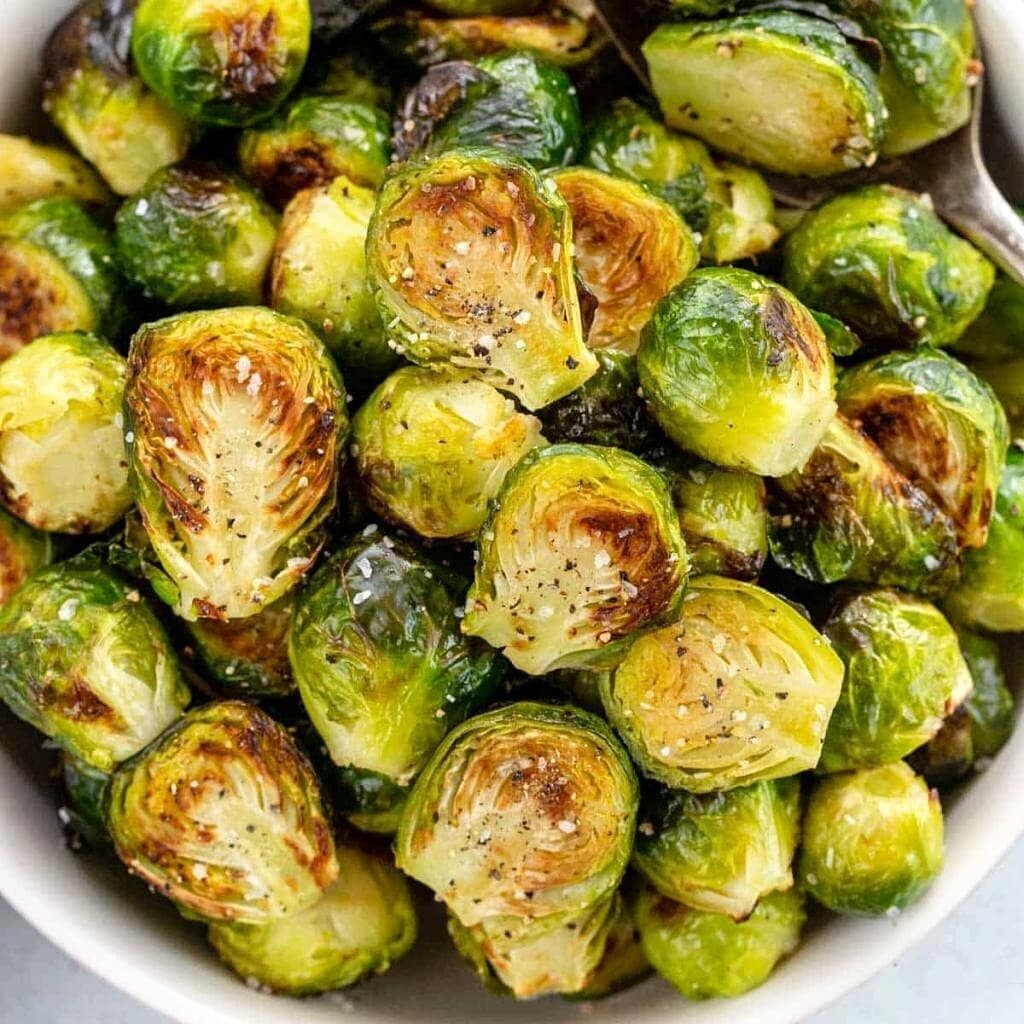There are foods where opinions differ. Brussels sprouts are definitely one of them. But the cabbage variety is healthy and properly prepared and also very tasty. We will therefore tell you our top Brussels sprout recipes. You should definitely try these, too.
1. Fancy a salad
Most people only know Brussels sprouts as an accompaniment to meat or roasts. But cabbage also tastes great in a salad. Together with orecchiette pasta and dried tomatoes, the vegetables are simply delicious.
2. Pizza with a difference
Salami, Hawaii, or Caprese were yesterday. Be sure to try the Brussels sprouts pizza. The small florets provide more than half of the daily recommended amount of vitamin C and also provide fiber. In addition, our Brussels sprout pizza has only 16 grams of fat, making it ideal for enjoying without regrets.
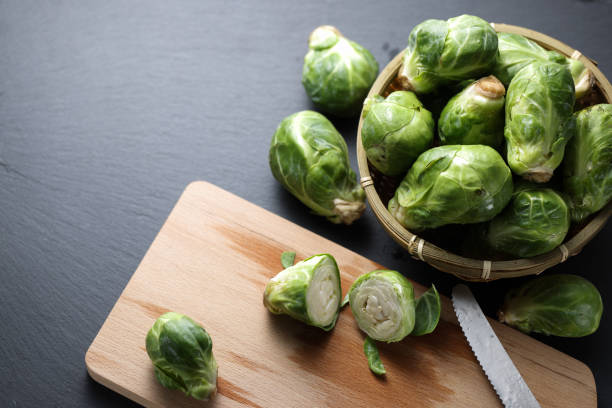
3. For poultry fans
Chicken wrapped in ham on a bed of couscous with Brussels sprouts. What sounds like a star chef, you can easily cook at home. Here is the recipe.
4. Puree with a difference
Brussel sprouts puree with sesame potatoes – this dish fills you up and is not only suitable for children. In addition to vitamin C, cabbage also contains a lot of vitamin B6, which is important for nerves and concentration. So feel free to vary it and instead of mashed potatoes or carrots, try the variant with Brussels sprouts.
5. Pasta, that’s it!
Pasta always tastes good, doesn’t it? So be sure to try our tagliatelle with Brussels sprouts and parsley pesto. A completely new taste experience.
6. Do you speak English?
Potatoes, Brussels sprouts, bacon, and some spices. That’s all you need for this delicious English dish. Simple, but very very tasty in every coat.
7. Blanched Brussels sprouts
We usually cook the Brussels sprouts whole. But for this recipe, the individual leaves are only briefly blanched. Together with chicken breast and pine nuts, this creates a healthy and low-calorie dish.
8. Off to the pot
This stew is just the thing for winter. The two cabbage sisters rose and flower, green beans, and wheat are put into the pot. Looks delicious, doesn’t it?
9. Orange and green combo
Salmon provides the omega-3 fatty acids that are essential for our body. Together with Brussels sprouts and dill, it makes a big impact on this recipe. The additional plus point of the salad? It’s quick to prepare.
10. For soup clowns

Have you ever eaten Brussels sprout soup? No? But you should. Because this tastes very delicious and is suitable either as a starter or main course.
11. Exotic delicious
A curry with Brussels sprouts? Sounds unusual, but it’s delicious and definitely something different. Of course, coconut milk and lots of spices should not be missing from this dish.
12. Now it’s time to get down to business
Would you like to have some Brussels sprouts for longer? Then just canning the cabbage variety. It’s easier than you think. So you can enjoy Brussels sprouts on any occasion.

